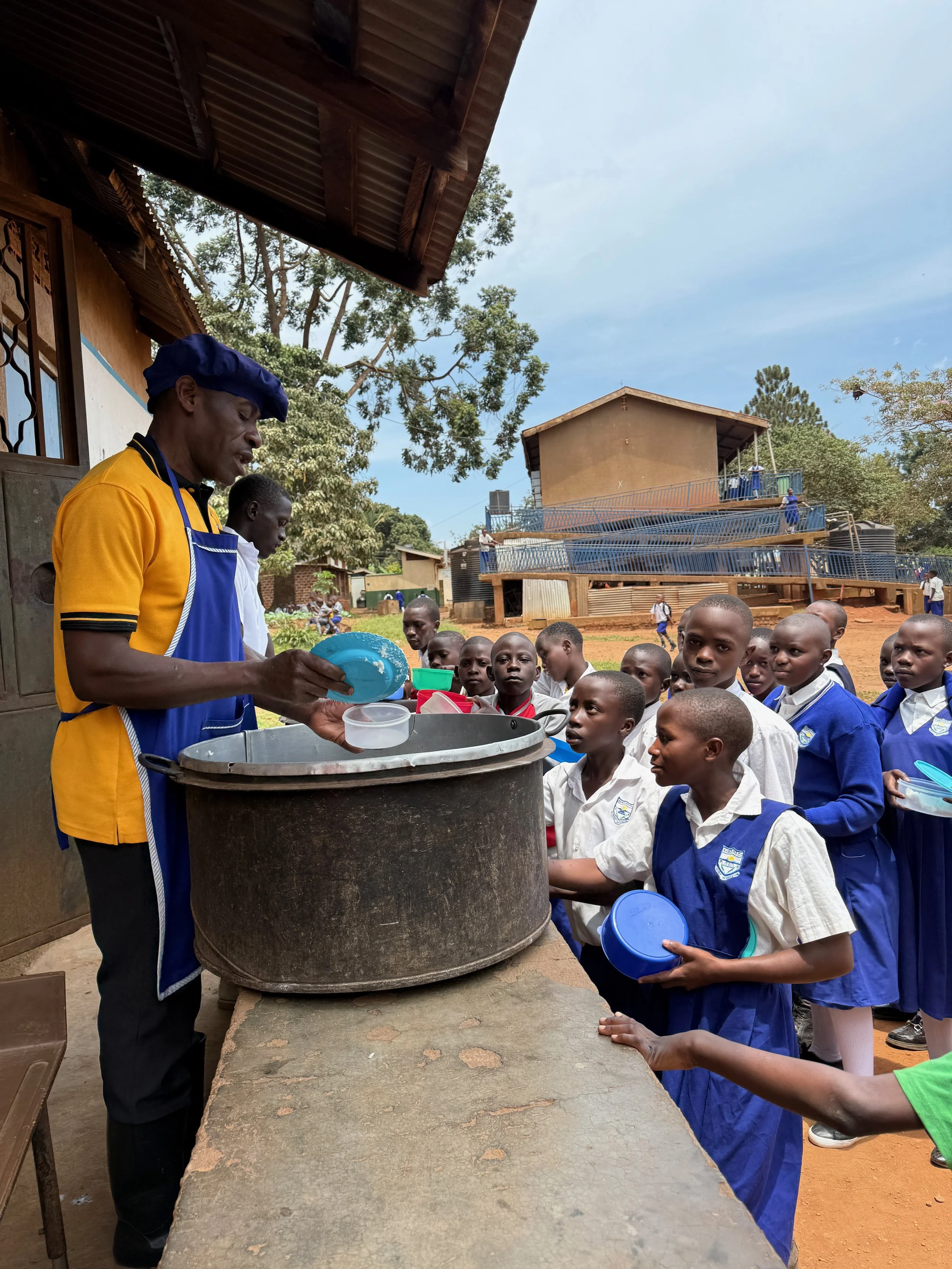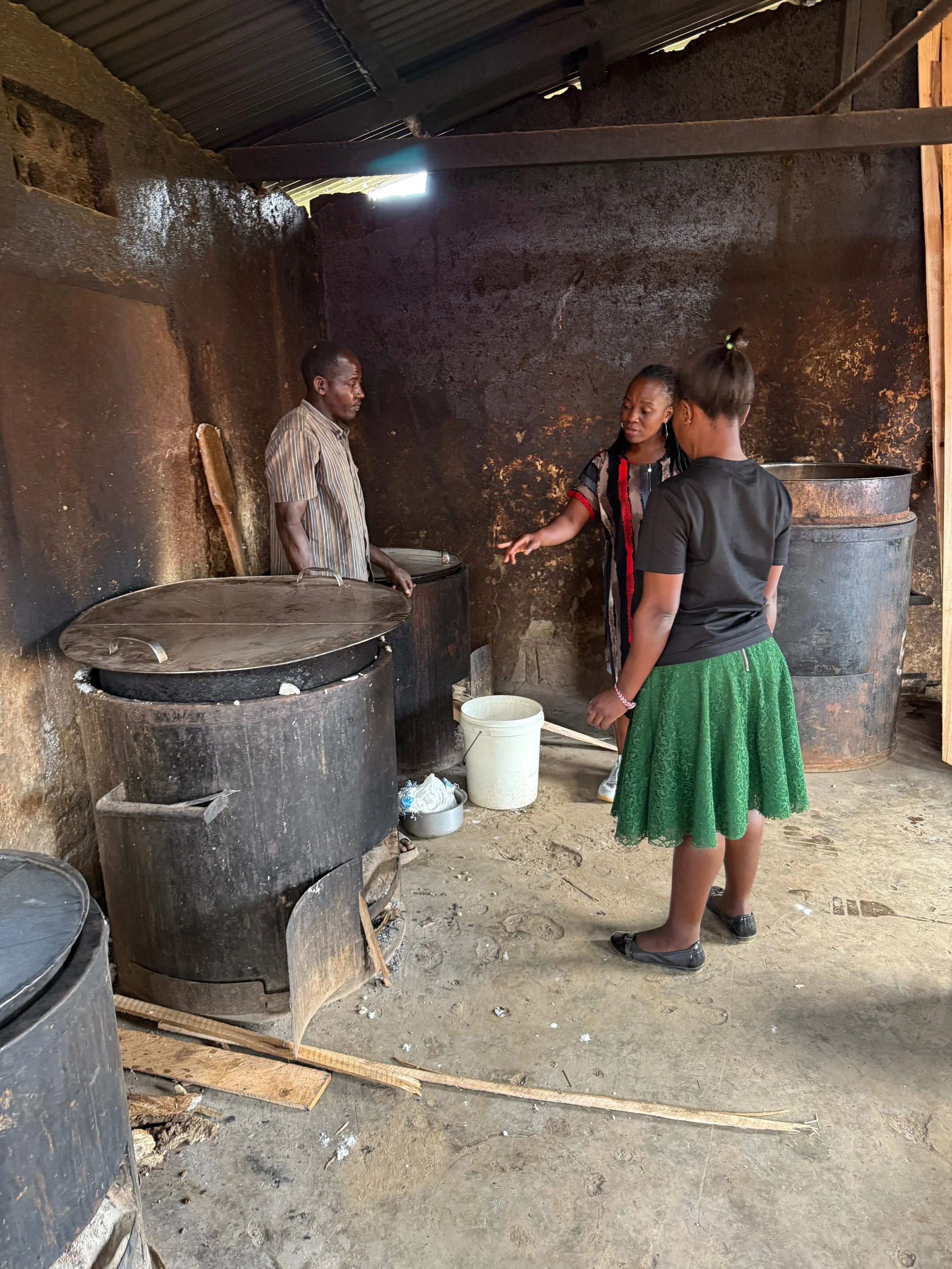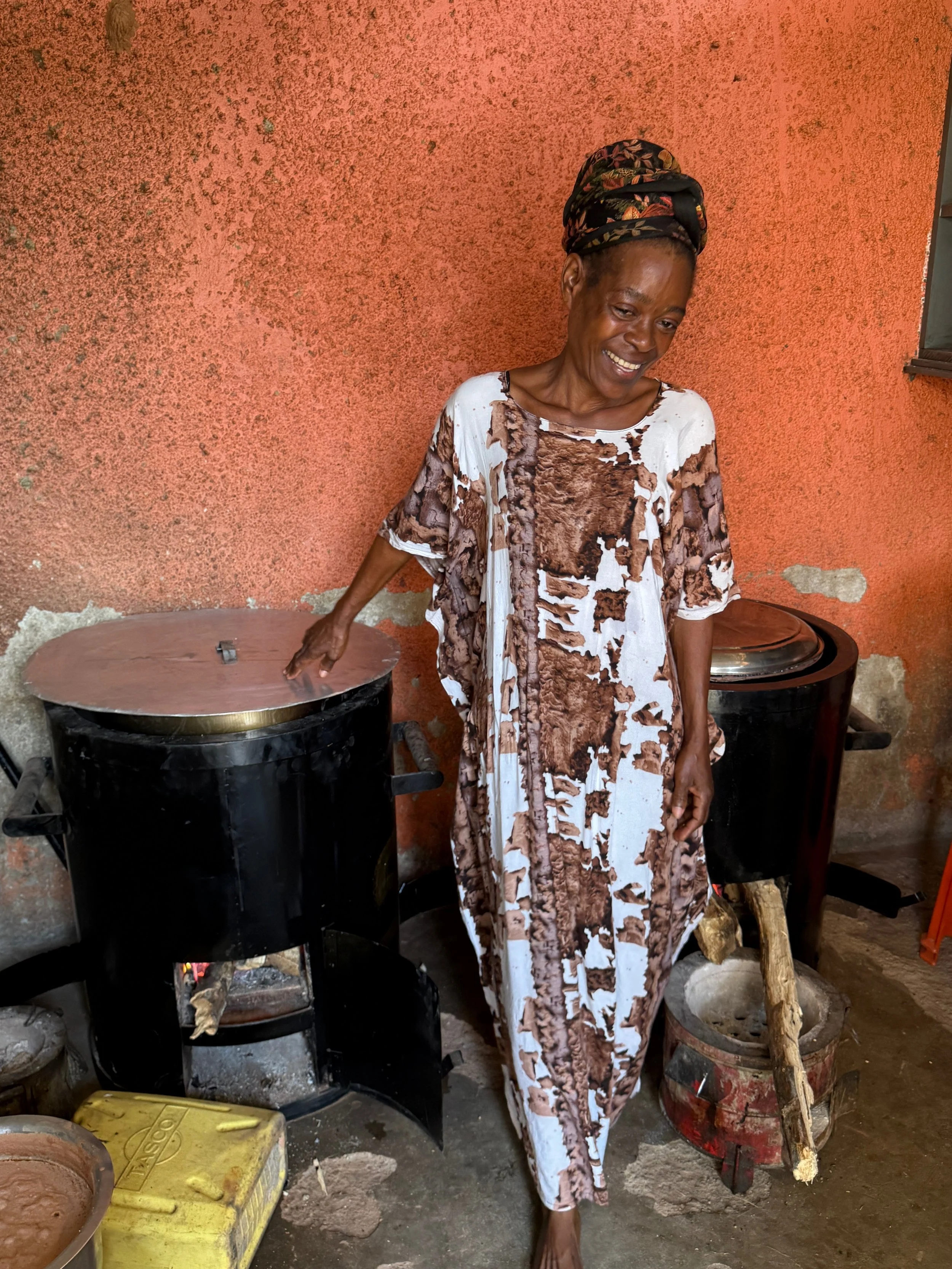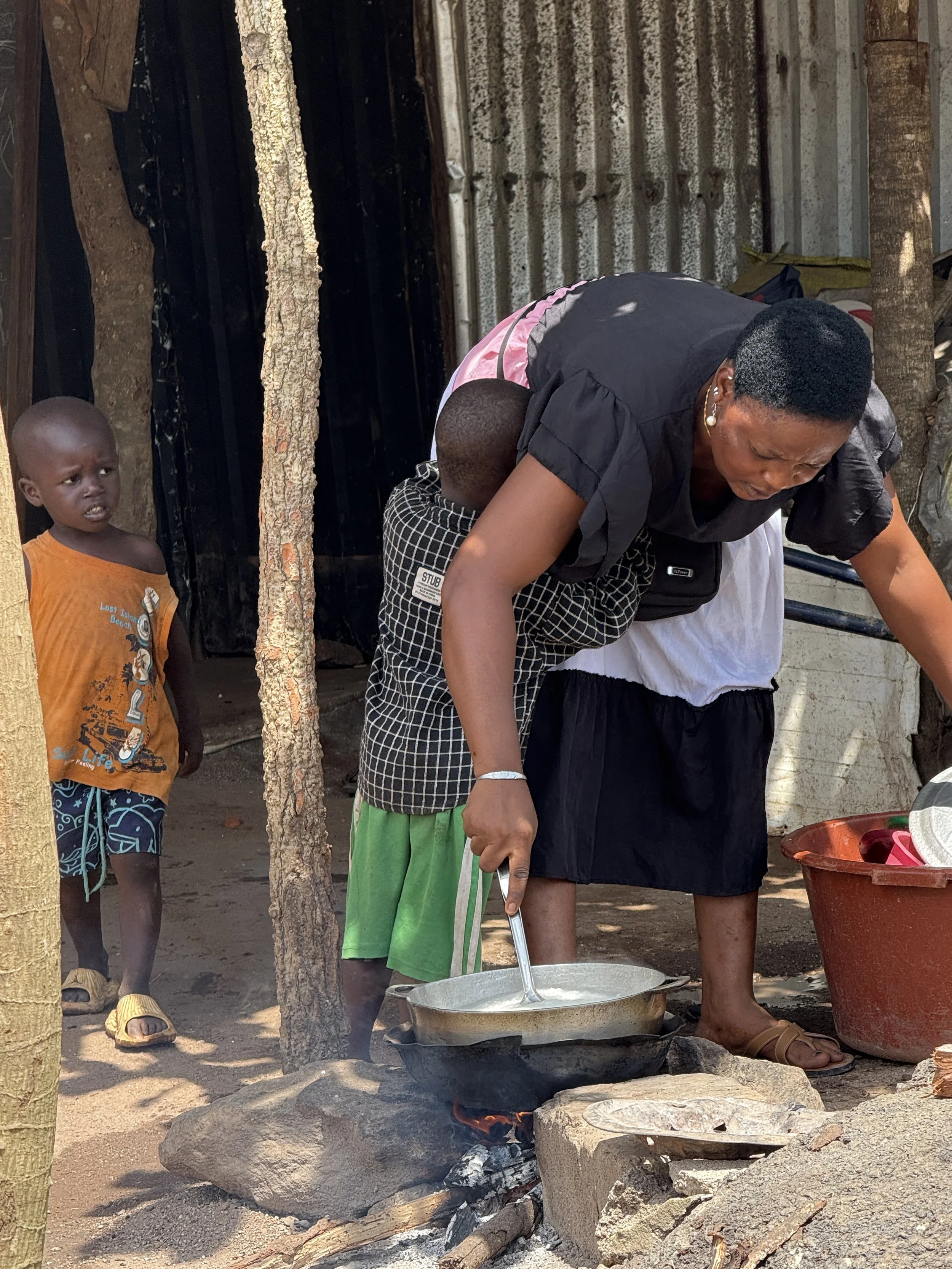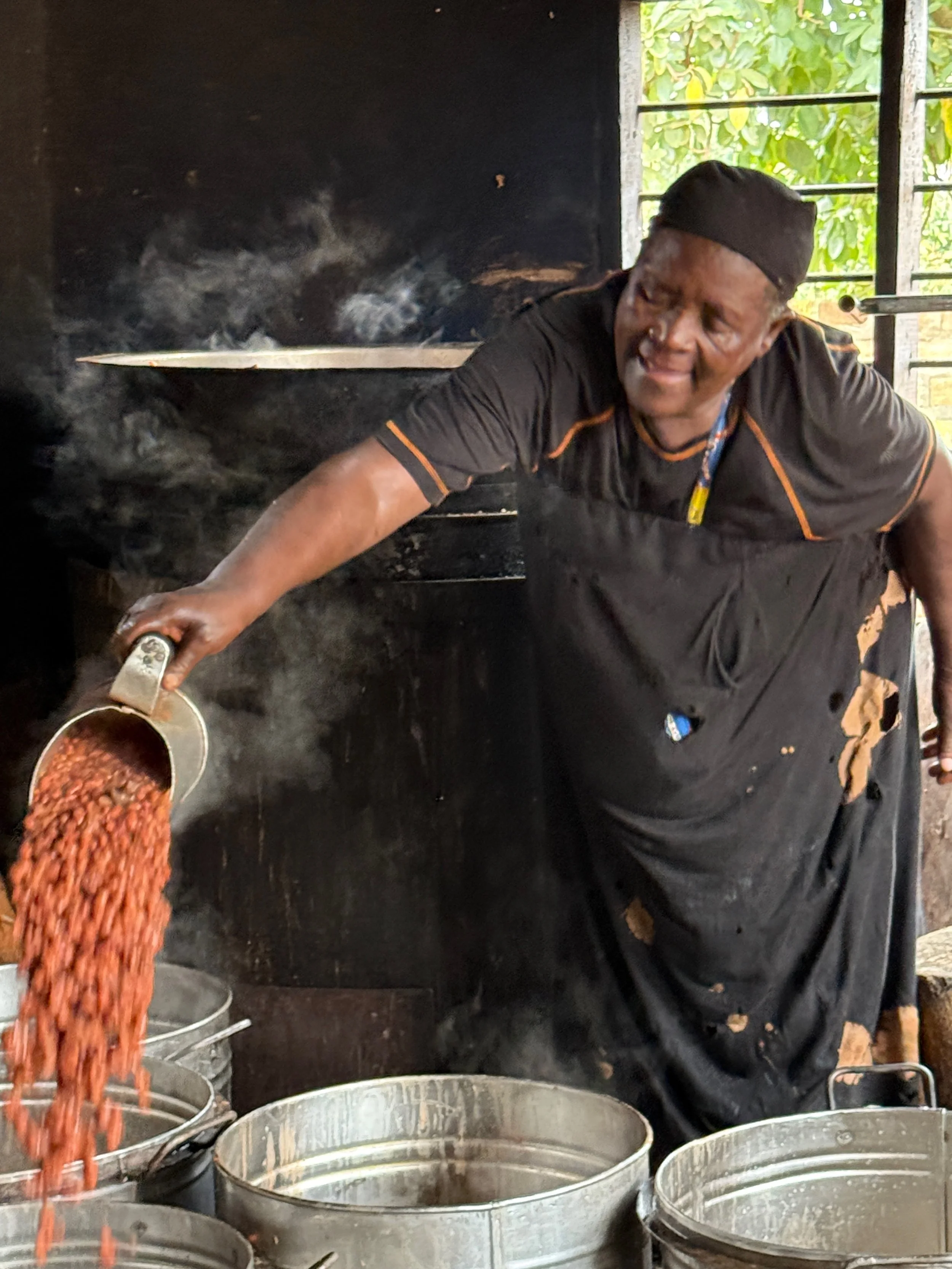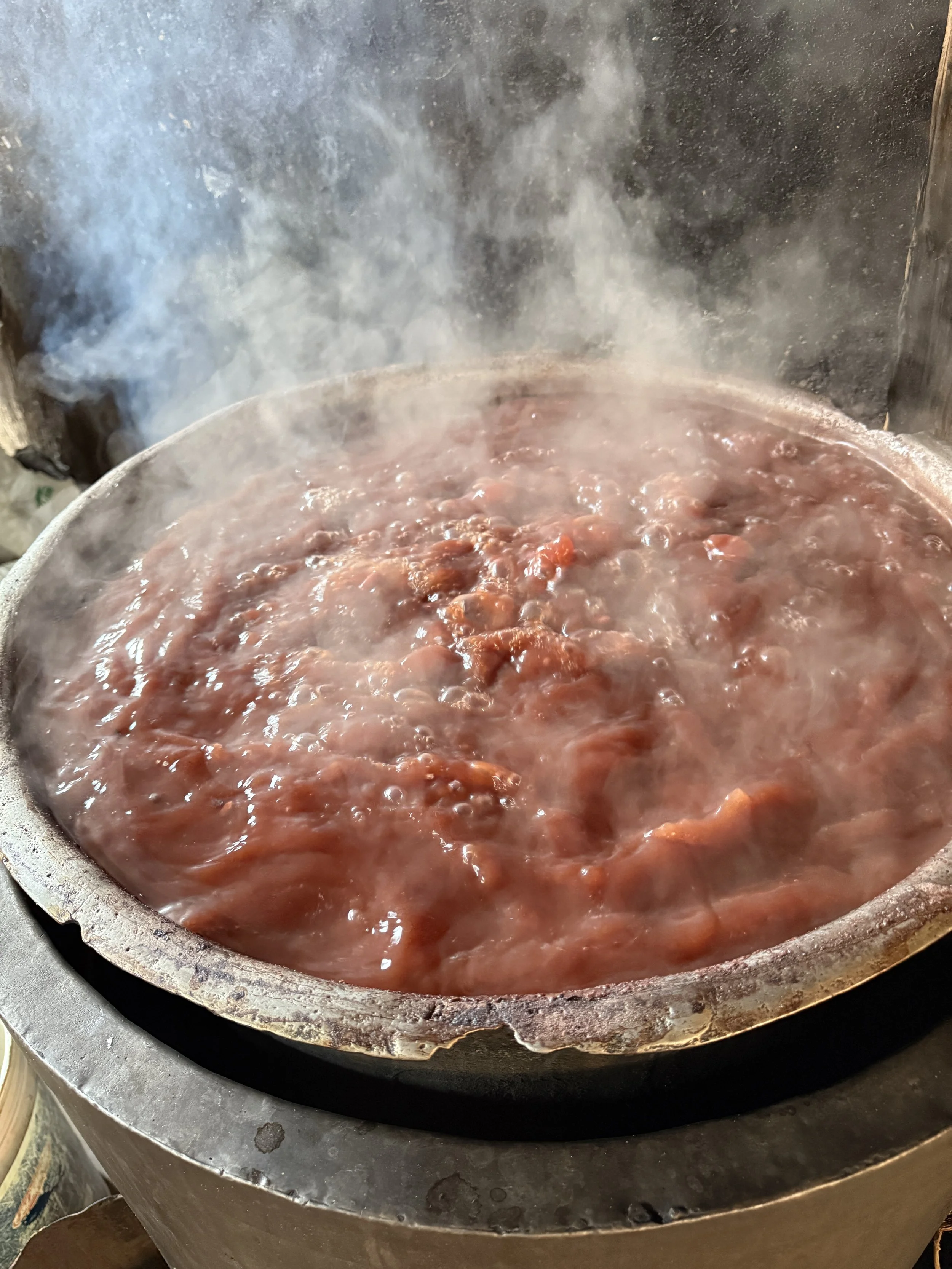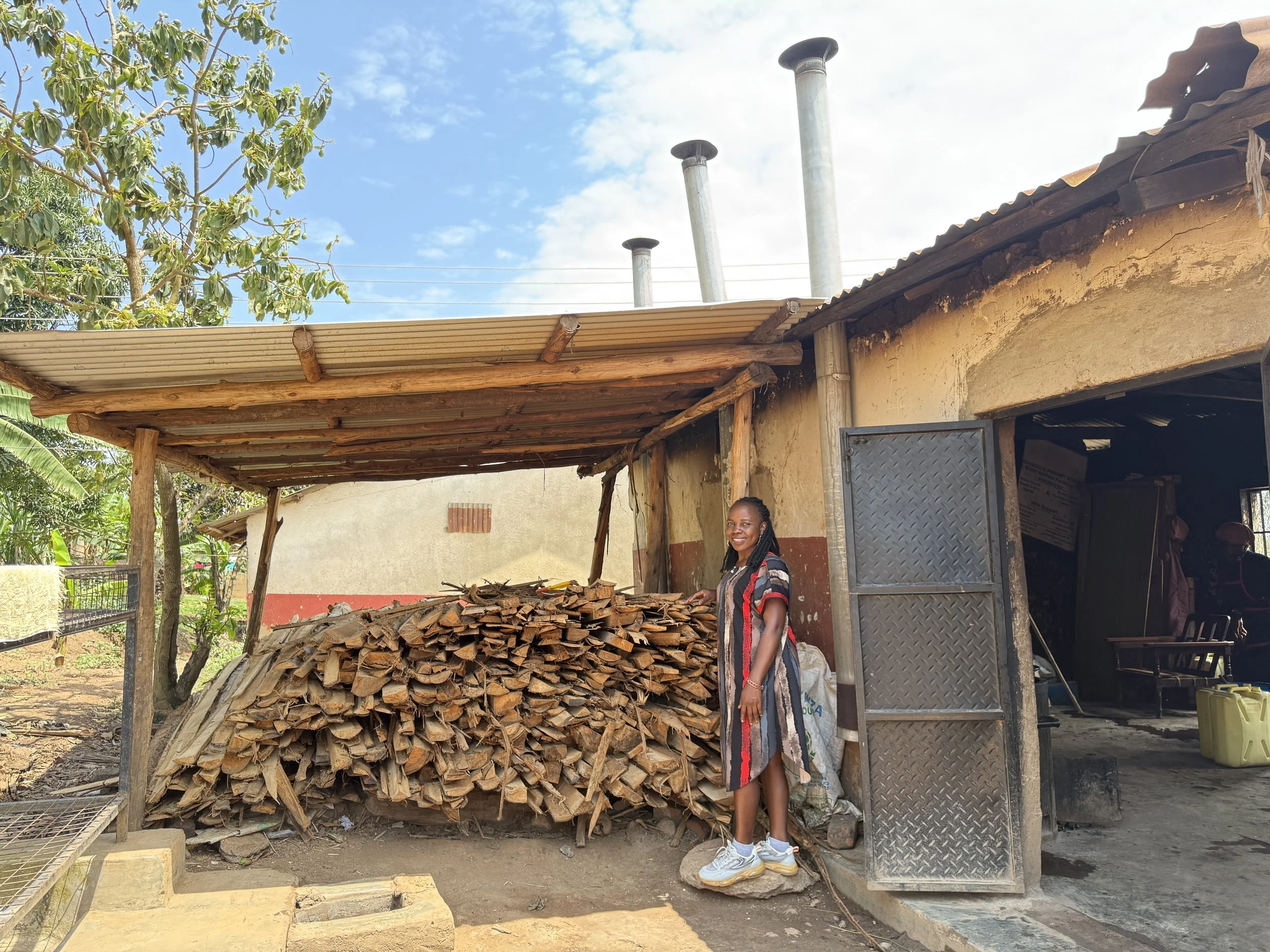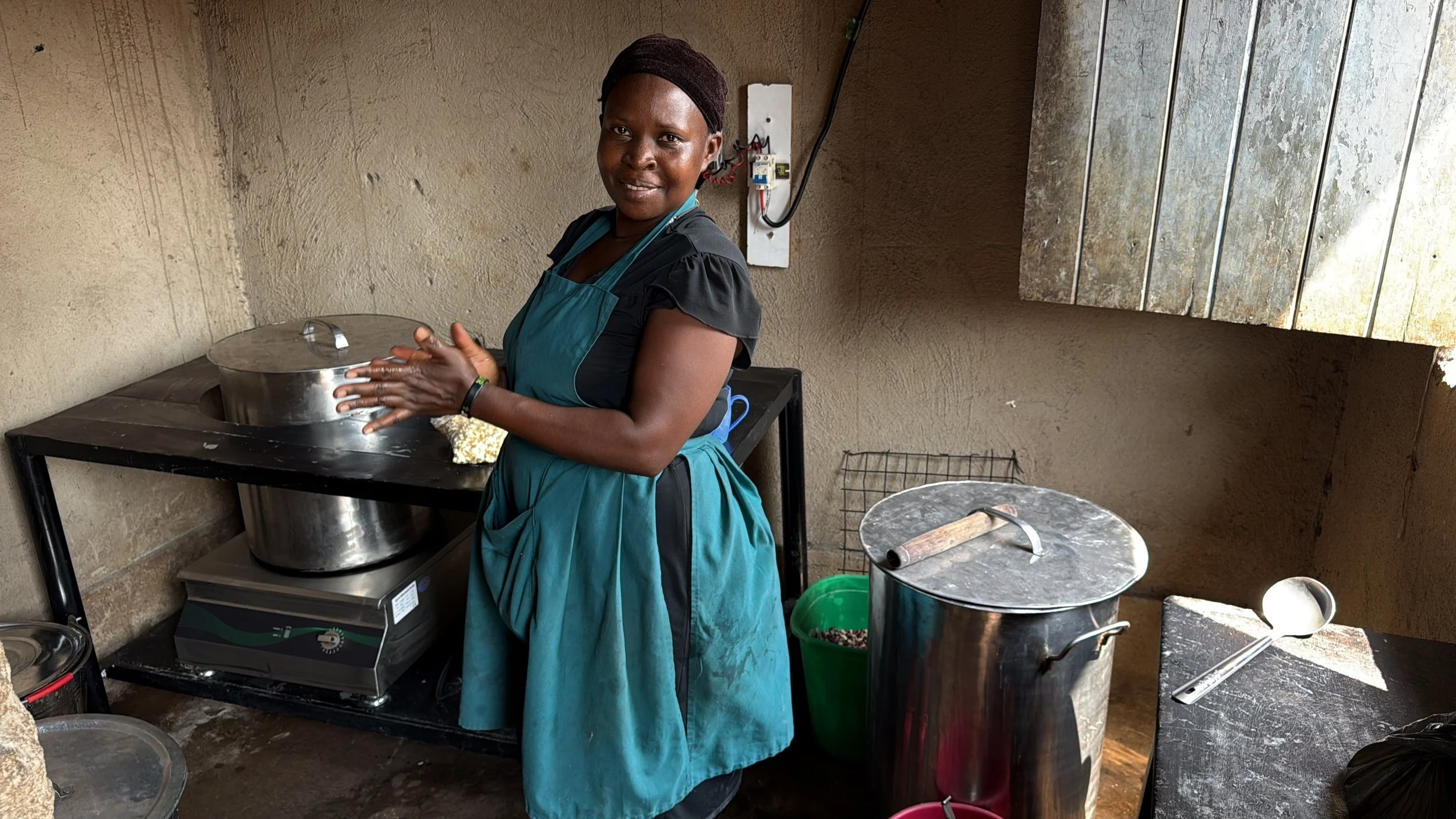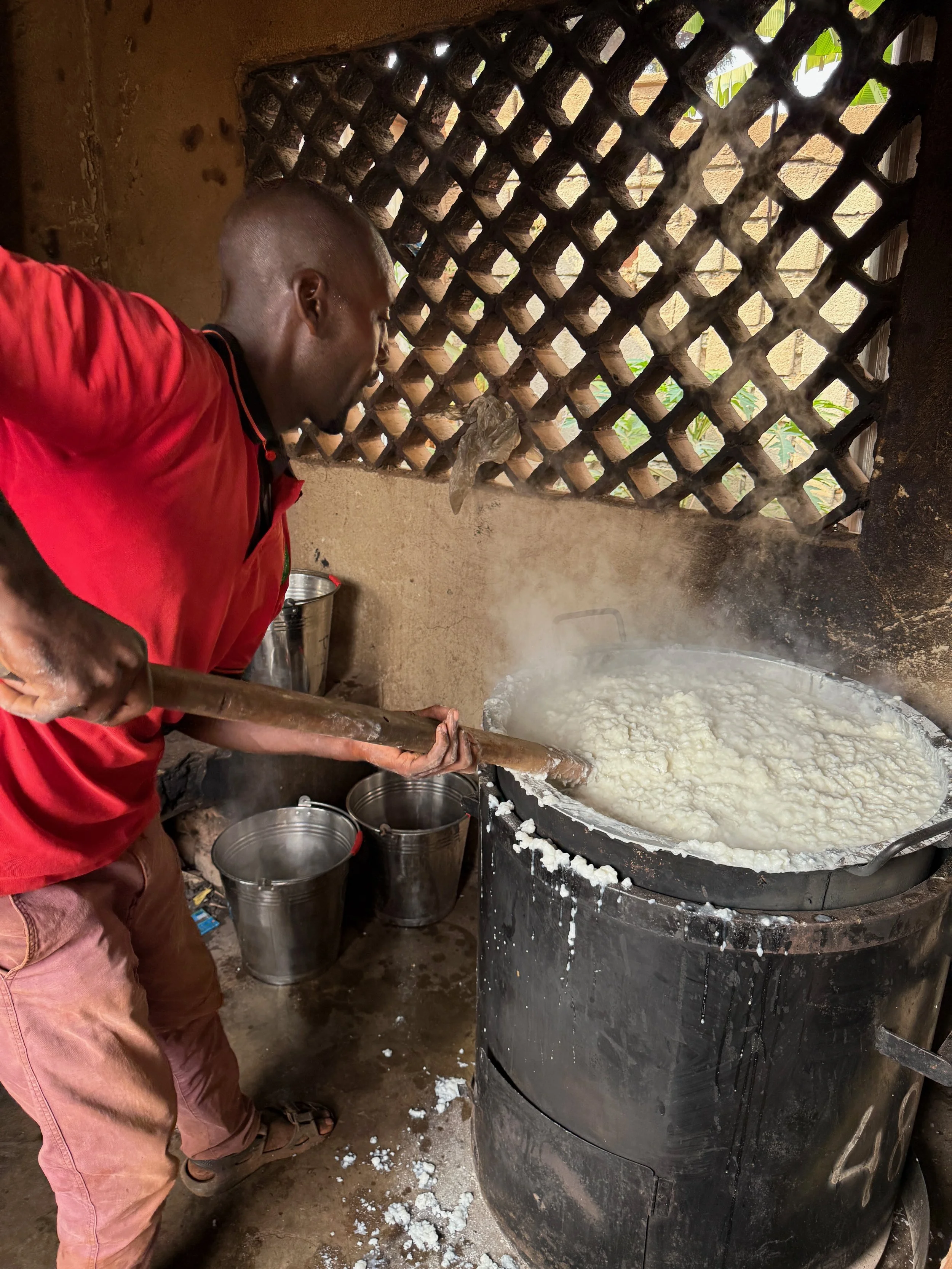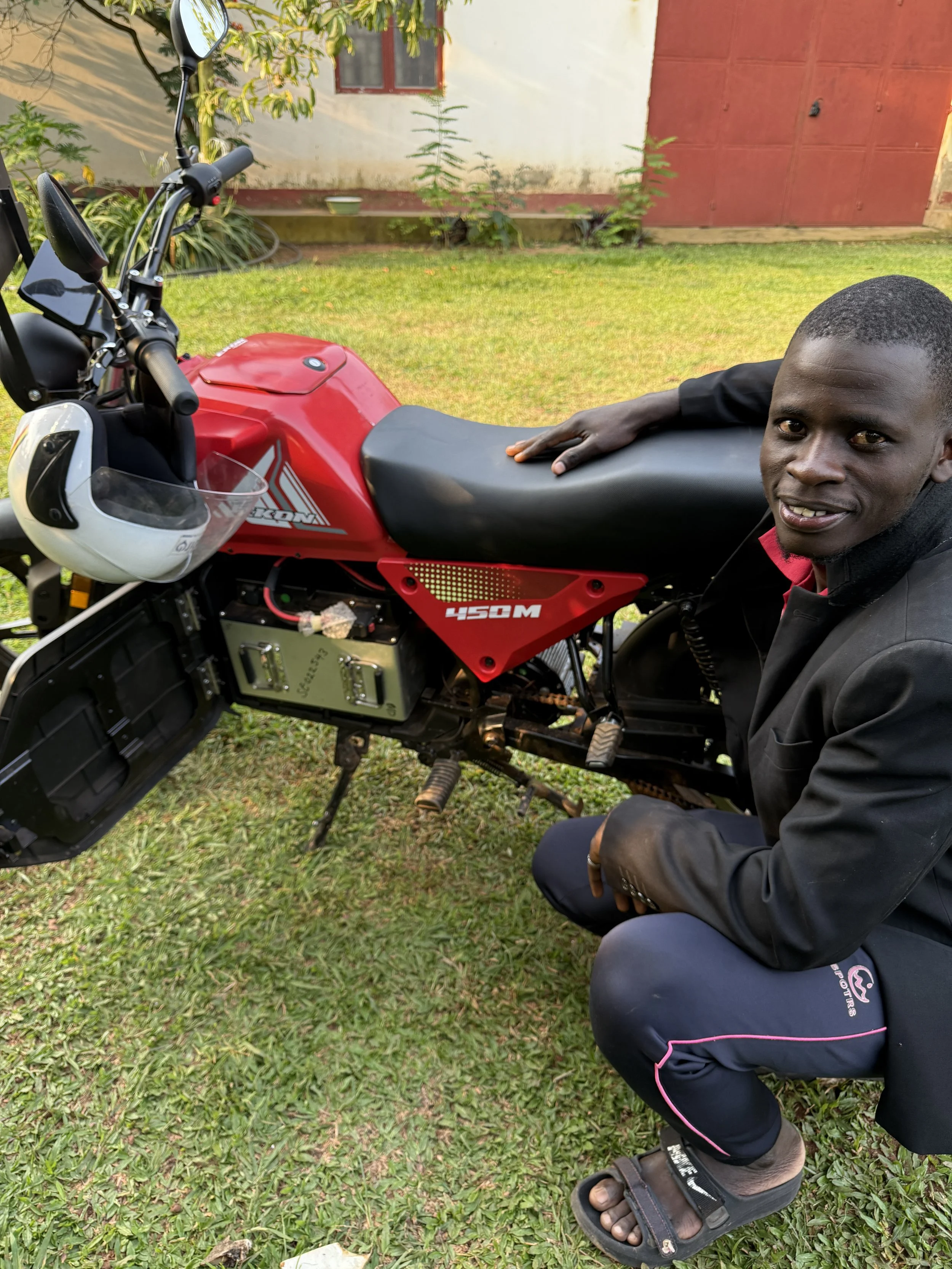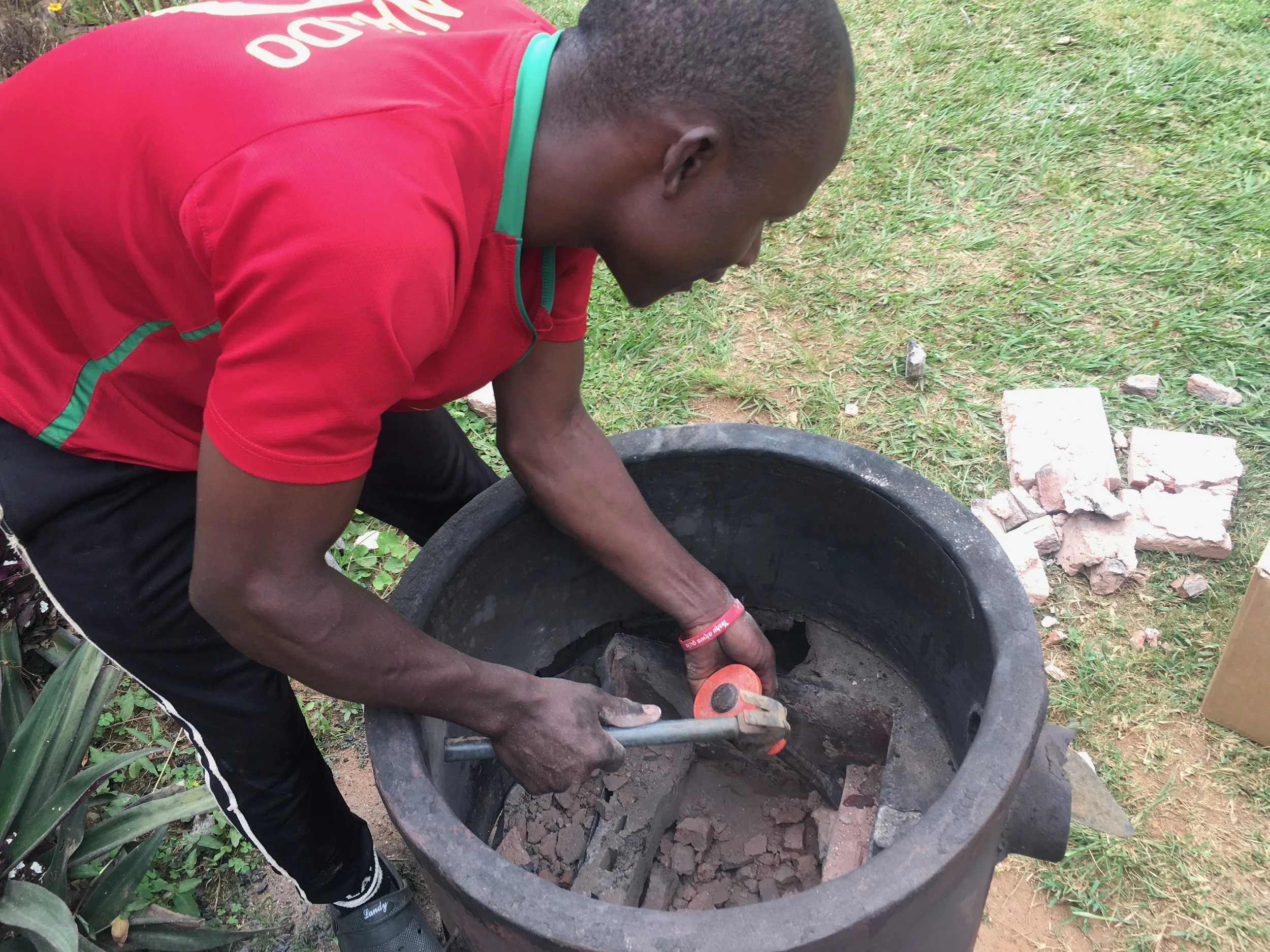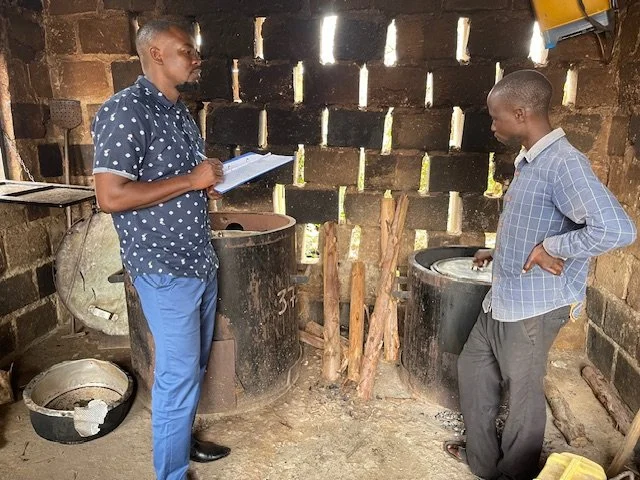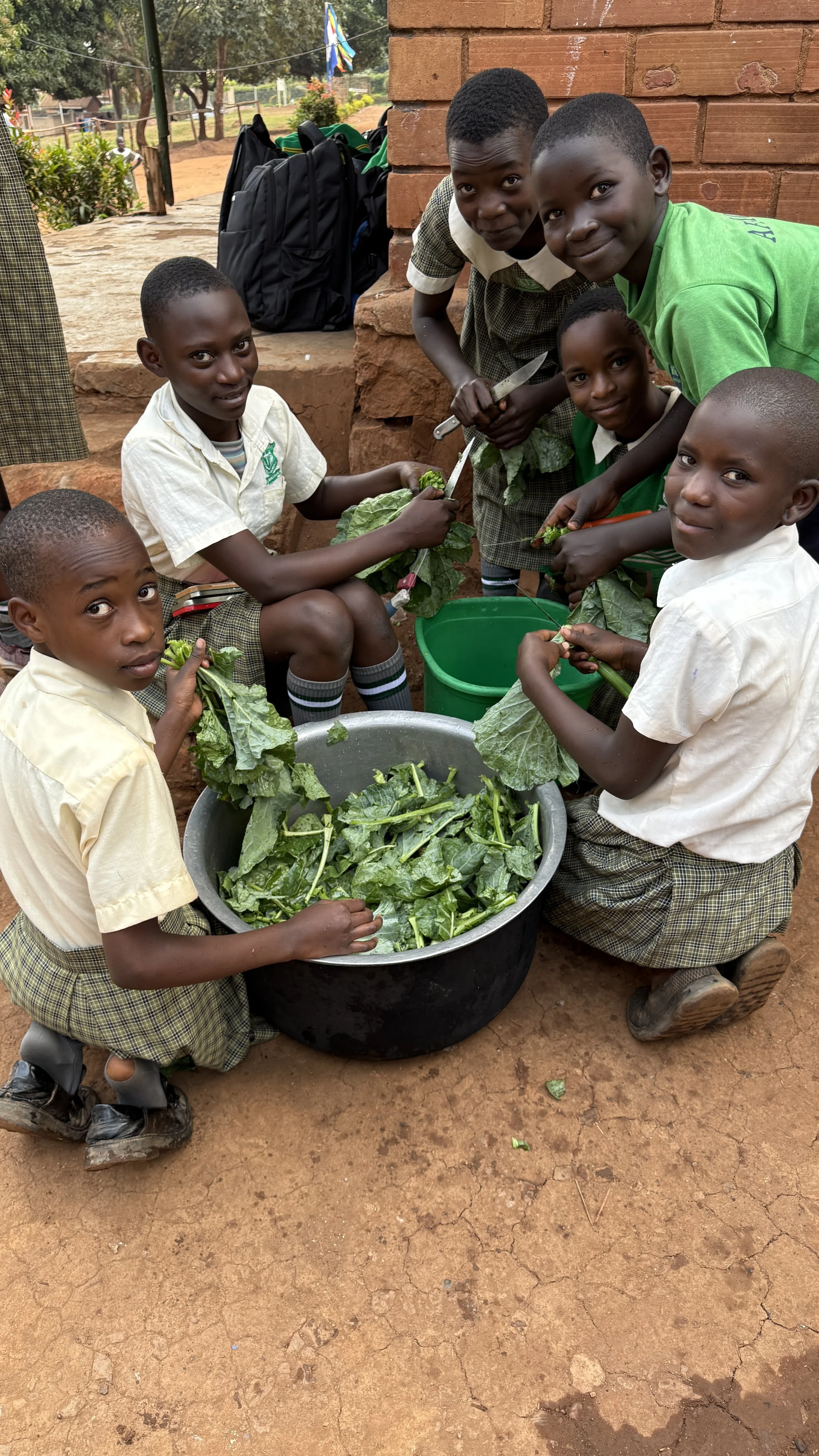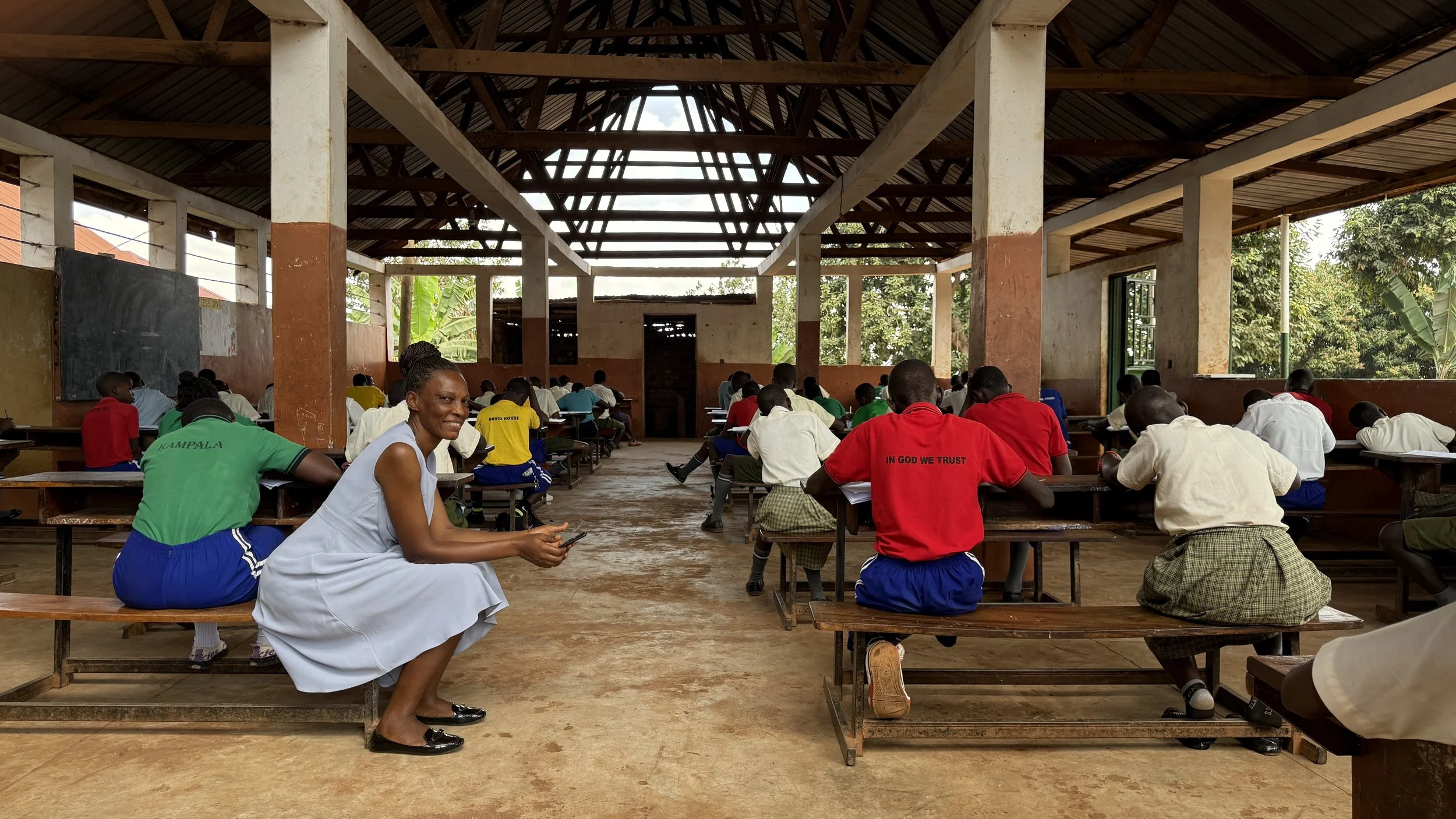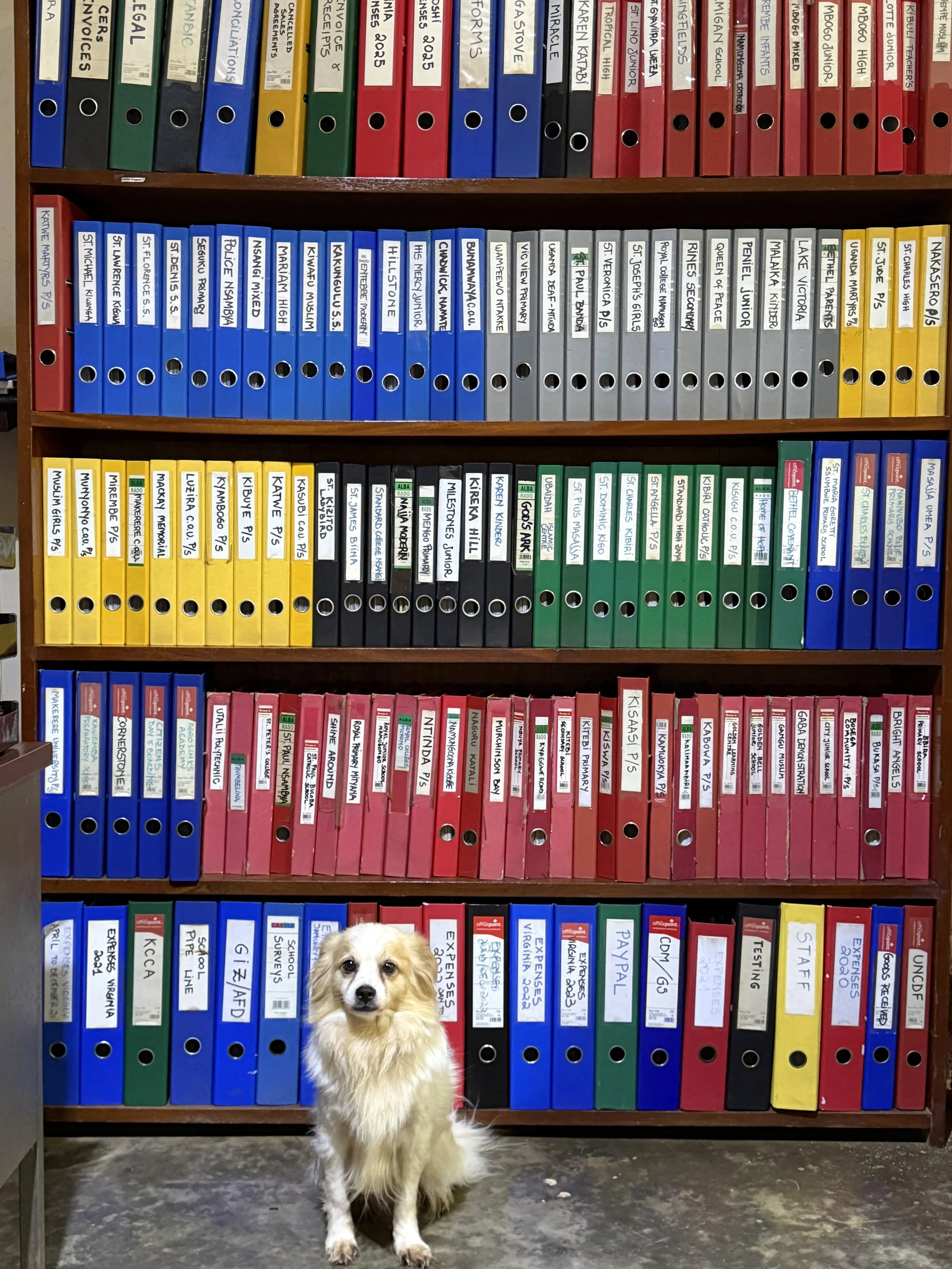Today we kick-off with the last month of the academic year in Uganda. November marks a demanding time for both teachers and students, as children will soon start sitting for their final exams.
Although the academic calendar year officially ends on Friday 5th of December, end of November is the deadline/goal we use to ensure we have finalised collecting all the necessary information and indicators to close our Monitoring Period (from 01/01/25 until 31/12/25).
November is also busy for our Project Officers, who meticulously inspect the condition of every institutional improved cook stoves (IICS) in the 120 participating schools under the Project Activity. We thoroughly assess the performance of each IICS and prepare for the free repairs that will take place throughout the months of December and January next year.
We ensure that by the time schools open their doors once again in February 2026, each IICS and every school will be ready to start with their cooking activities in the most efficient and effective kitchen environment.

